The Québec maritime Blog
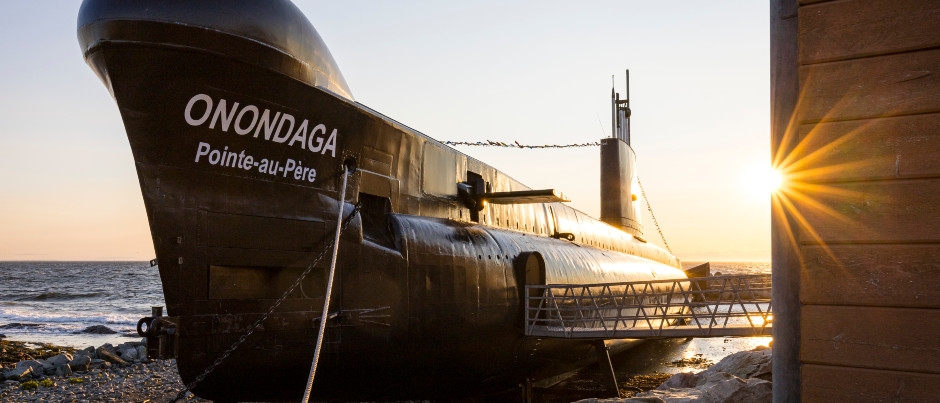
-
Onondaga submarine
Mathieu Dupuis
15 Amazing Experiences Unique to Eastern Québec!
Home to immense natural spaces, abundant wildlife and a particularly rich history, Eastern Québec is sure to impress! Not surprisingly, our regions offer unique experiences and a multitude of fascinating sites to discover. Here are some you won’t find anywhere else in the world!
Giants surrounded by spectacular scenery
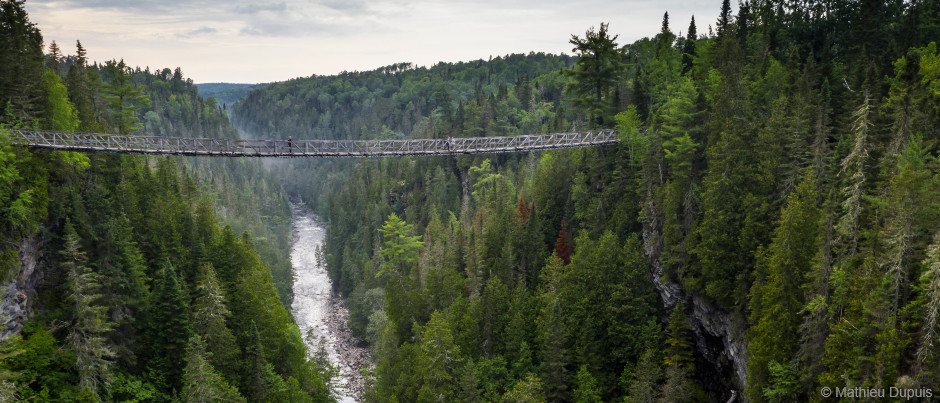
Suspended footbridge at the Canyon des Portes de l’Enfer: About 35 km (20 mi.) south of downtown Rimouski, in Bas-Saint-Laurent, you can cross the highest suspension footbridge in Québec while hiking at the Hell’s Gate Canyon. The bridge is 63 metres (205 feet) high and 99 metres (325 feet) long and will give you access to a breathtaking view of the forest and the Rimouski River running under your feet. You can also climb down to the river on a 300-step staircase!
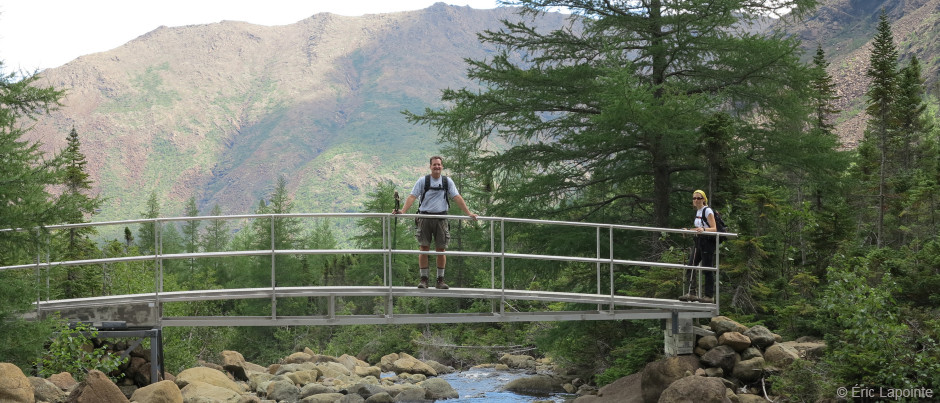
International Appalachian Trail – Québec: Crossing the Gaspé Peninsula from Matapédia to Forillon National Park over a distance of 650 km (400 mi.), the International Appalachian Trail in Québec is the first long-distance hiking route to receive the Grande Randonnée designation in North America, giving it the official title of GR®A1. This certification is granted by the French Hiking Federation (FFRP).
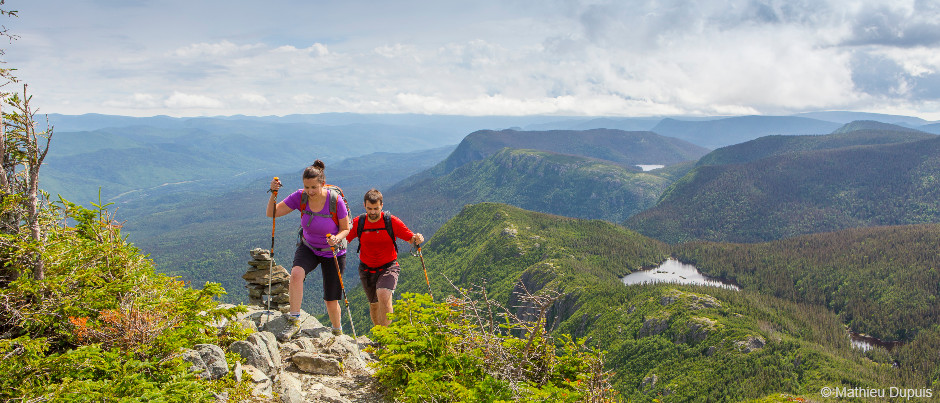
Chic-Choc Mountains in Parc national de la Gaspésie: A true paradise for hikers (as well as backcountry skiers in the winter), this national park contains 25 peaks over 1000 metres (3300 feet) high, including Mt. Jacques-Cartier, the second highest mountain in Québec. The park is also home to the only caribou herd south of the St. Lawrence!
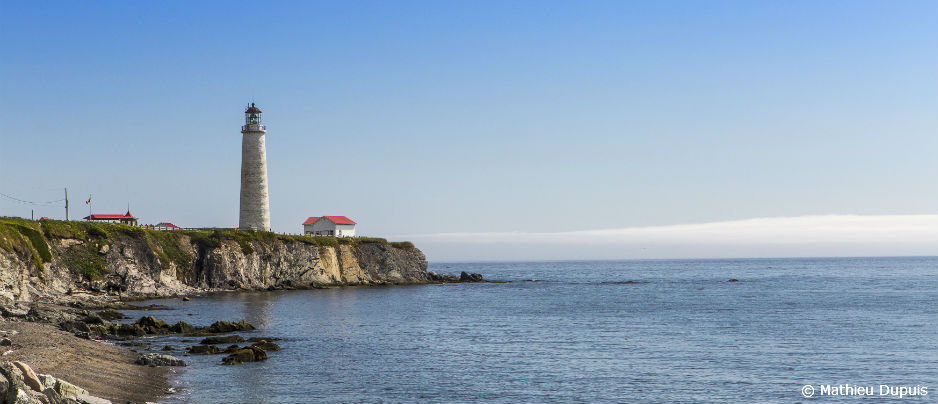
Cap-des-Rosiers Lighthouse: This 34-metre (112-foot) structure in Gaspé is the tallest lighthouse in Canada! You can admire it up close and even climb the 122 steps to the top to appreciate its size and great heritage value. From the top of the tower, keep an eye out for marine mammals feeding in the Gulf of St. Lawrence.
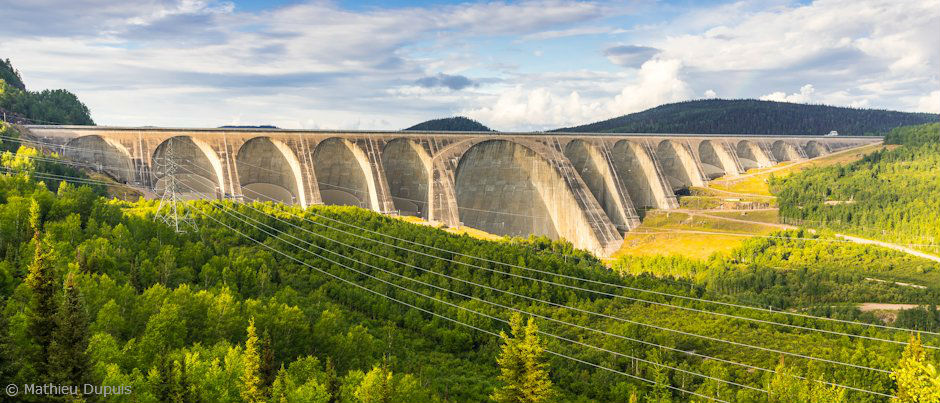
Daniel-Johnson Dam: In Côte-Nord, head north on Route 389 to visit the world’s largest multiple-arch-and-buttress dam, an impressive Hydro-Québec structure that’s 214 metres (702 feet) high. What’s more, all the concrete used to build the dam could make a sidewalk from the North to the South Pole!
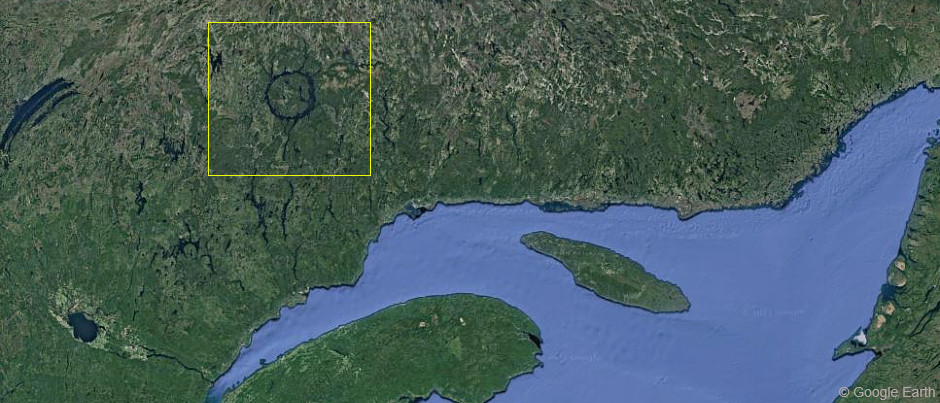
Manicouagan impact crater: Some 214 million years ago, an asteroid hit the earth, resulting in a huge impact crater that is now one of the world’s largest freshwater reservoirs. The construction of the Daniel-Johnson Dam flooded the crater and created René-Levasseur Island, giving the reservoir its distinctive appearance and earning it the nickname of the “Eye of Quebec.” You can easily spot it on a map, since it’s also one of the largest impact craters visible from space!
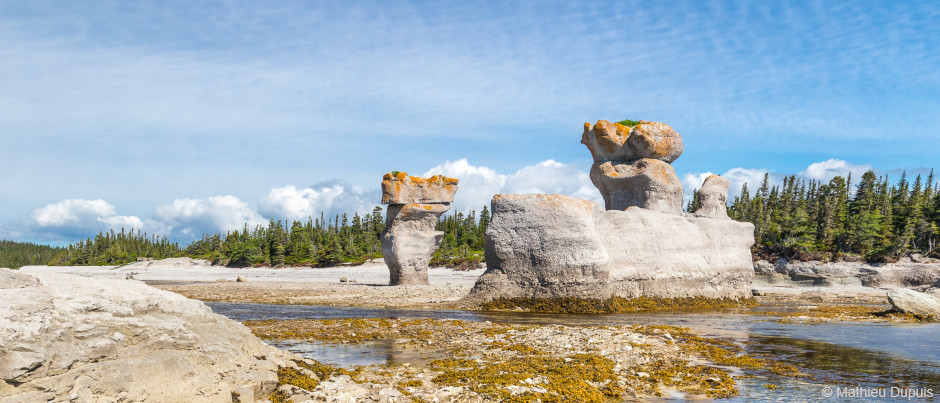
Limestone monoliths in the Mingan Archipelago: As you near the end of Route 138 in Côte-Nord, stop to visit the Mingan Archipelago National Park Reserve, which harbours exceptional biodiversity. The park reserve is also home to the largest concentration of erosion monoliths in Canada! These limestone formations have been sculpted by the wind and water over millions of years: you can amuse yourself by trying to identify their strange shapes during a hike!
Breathtaking wildlife experiences
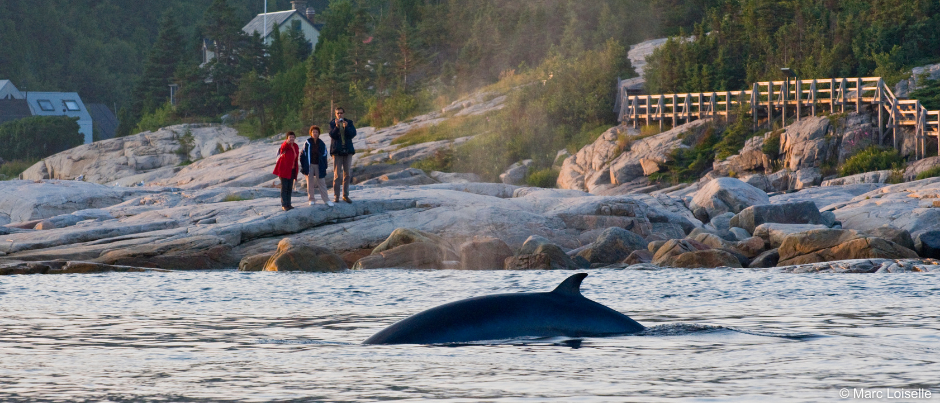
Whales: Our regions offer some of the best places in the world to observe marine mammals! What makes our destination so special? The fact that you can admire these giants of the sea right from the shore! Some of the sites you’ll want to visit include the Cap-de-Bon-Désir Interpretation and Observation Centre and the Marine Environment Discovery Centre, both of which border the Saguenay–St. Lawrence Marine Park in Côte-Nord, as well as Forillon National Park in Gaspésie and the islands in the St. Lawrence in Bas-Saint-Laurent. Be sure to keep your eyes peeled!
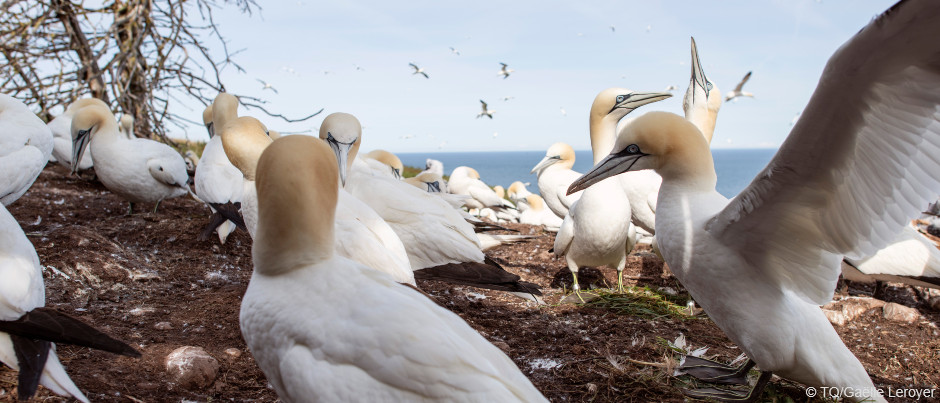
Northern gannets: Imagine watching tens of thousands of birds of the same species, circling and squawking loudly just a stone’s throw from you! This is what awaits you in Parc national de l’Île-Bonaventure-et-du-Rocher-Percé, in Gaspésie, where you can visit the most accessible northern gannet colony in the world! Every year, about 110,000 of these birds nest on Bonaventure Island, which can be reached by boat and explored on foot.
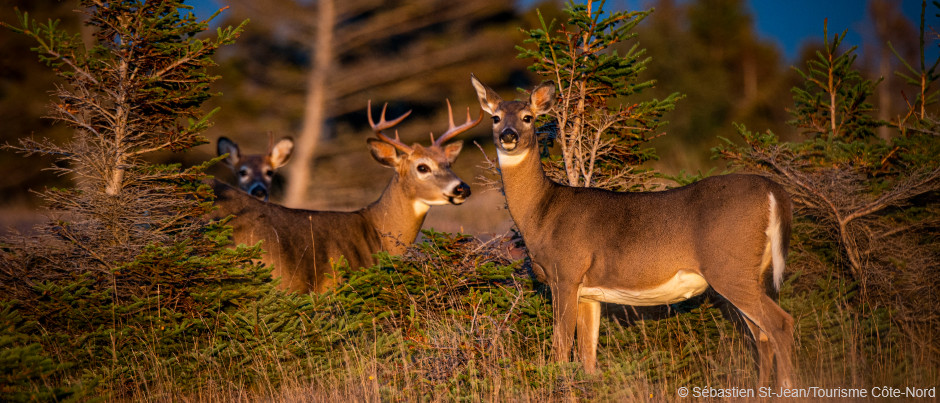
White-tailed deer: Did you know that Anticosti Island, in Côte-Nord, has the highest concentration of white-tailed deer in Eastern North America? Over 100,000 deer are found on this island, which covers an area of about 8000 km² (3000 sq. mi.) and has a population of about 200 people! The species was introduced to Anticosti in 1896 by French chocolate baron Henri Menier, who owned the island at the time.
A rich and fascinating culture
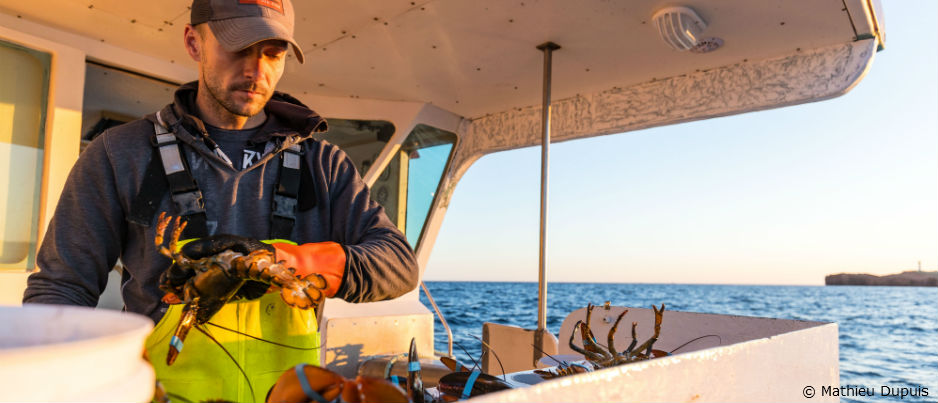
Lobster season on the Islands: The Îles de la Madeleine, and more specifically the port of Grande-Entrée, are considered the lobster capital of Québec! In the spring, 325 lobster boats leave the fishing ports of the archipelago to harvest this delicious shellfish. The first day of the season is a time of celebration for the Islanders as well as any visitors who want to join in!
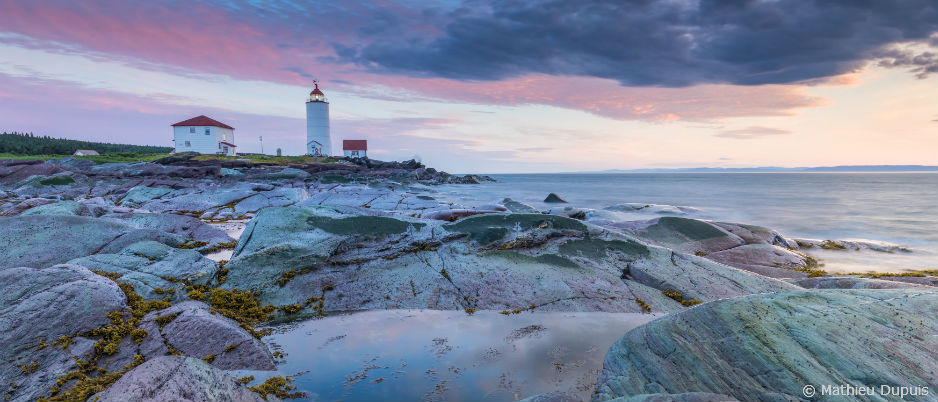
Île Verte Lighthouse: Located off the coast of L’Isle-Verte, near Rivière-du-Loup in Bas-Saint-Laurent, Île Verte (Green Island) is home to the oldest lighthouse in Québec (and the third oldest in Canada)! Built in 1809 to facilitate navigation on the St. Lawrence, this lighthouse has witnessed many stories, including those of the Lindsay family who operated the lighthouse for 137 consecutive years!
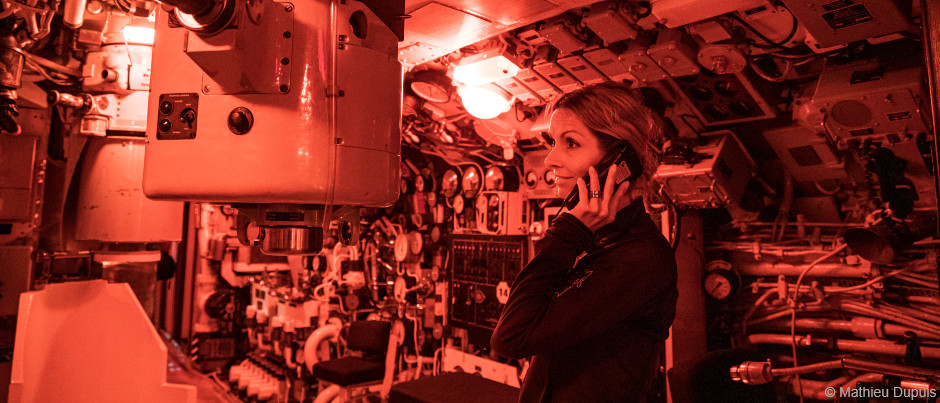
Onondaga submarine: Do you dream of visiting a submarine? Head to the Pointe-au-Père Maritime Historic Site in Bas-Saint-Laurent to board the Onondaga, the first submarine accessible to the public in Canada! Enjoy an audio tour of this 90-metre (300-foot) behemoth as you discover the daily lives of the 70 crew members who lived in the ship for months at a time.
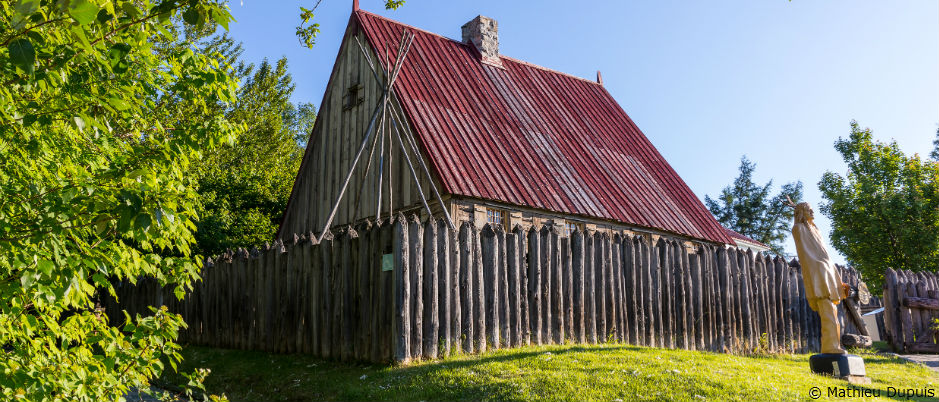
Tadoussac: Step back in time in Côte-Nord by visiting Tadoussac, the oldest village in North America! Founded in 1600, the village was the first permanent French settlement on the continent as well as a major fur trading centre for Europeans and Innu. Today, you can visit the Chauvin Trading Post, a replica of Canada’s first fur trading post, and see the nearby Tadoussac Chapel, the oldest wooden church in North America!
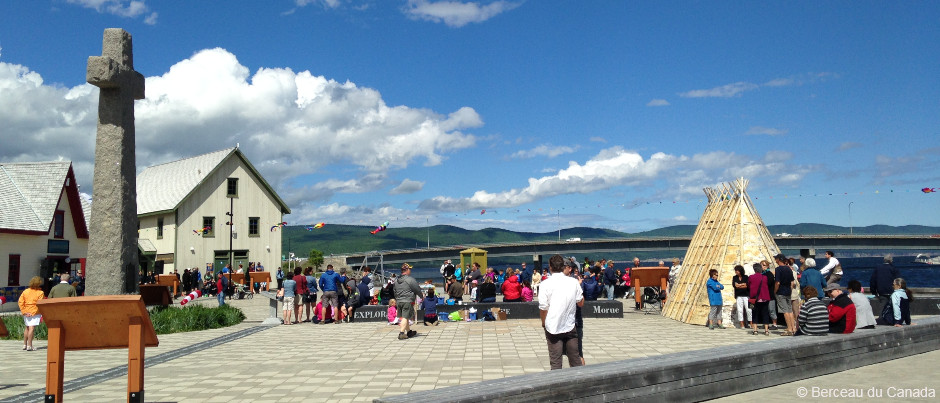
Gaspé: Located at the tip of the Gaspé Peninsula, this area is known as the Birthplace of Canada! It was so named because the explorer Jacques Cartier planted a cross here on behalf of the King of France in the summer of 1534, which led to the colonization of the territory that would become New France 75 years later. You can now visit a reconstruction of the village of Gaspé, also known as the Birthplace of Canada, as it was in 1900.
Are you tempted to add these sites to your bucket list? Take note of the information provided in this blog post and be sure to brag about these attractions to your friends once you've visited them!

(0) comment